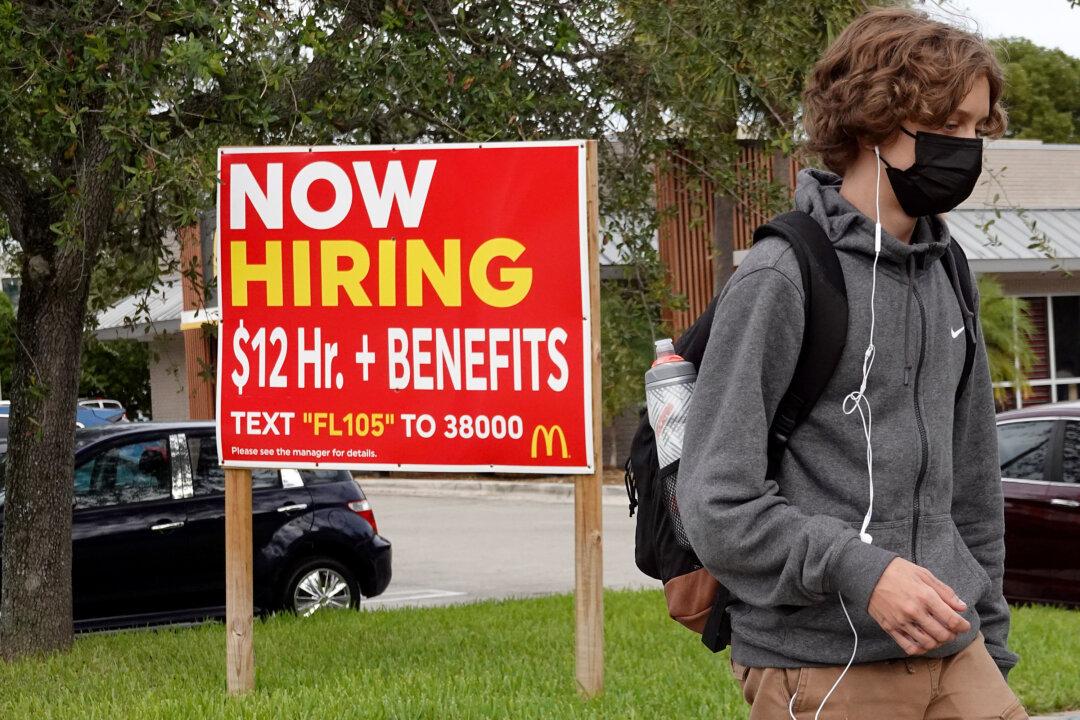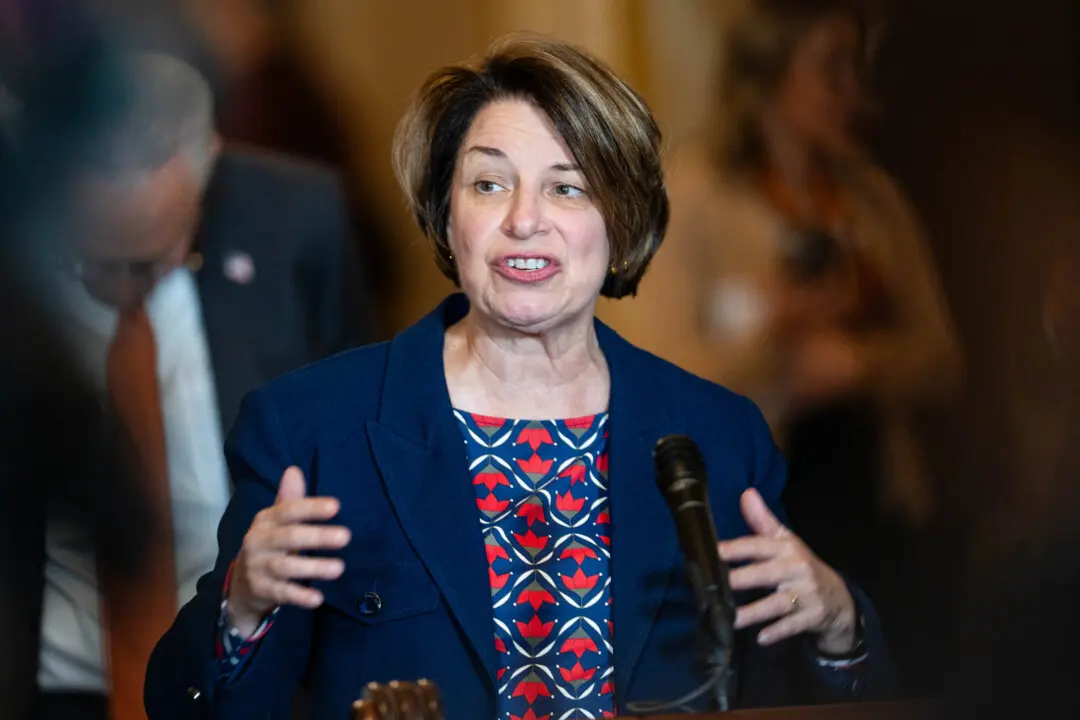Job openings in the United States have eased from their recent record high, but remain historically elevated, and the quits rate has risen to an all-time high as the labor market disconnect persists where millions are unemployed while businesses struggle to find workers to fill vacant positions.
The Labor Department’s Job Openings and Labor Turnover Survey (JOLTS), released Oct. 12, showed that the number of job vacancies fell by 659,000 to 10.4 million on the last day of August, down from the prior month’s upwardly revised record high of 11.1 million. That’s the first drop in the measure so far this year.





